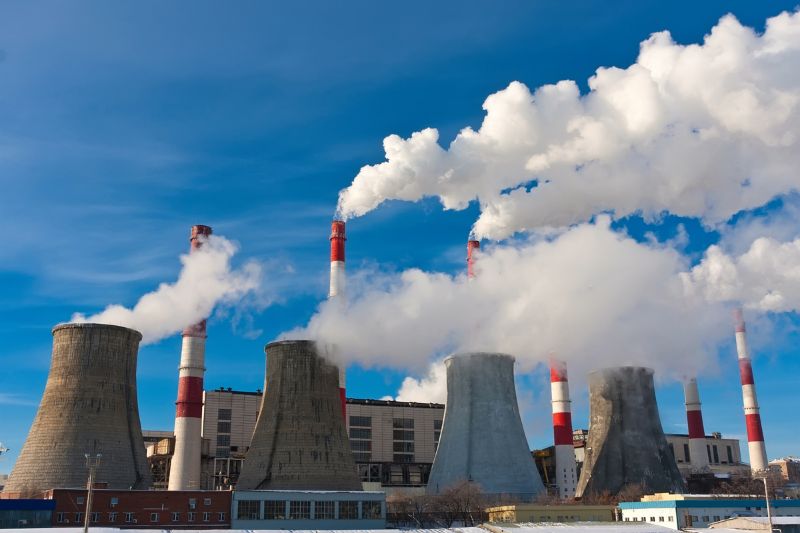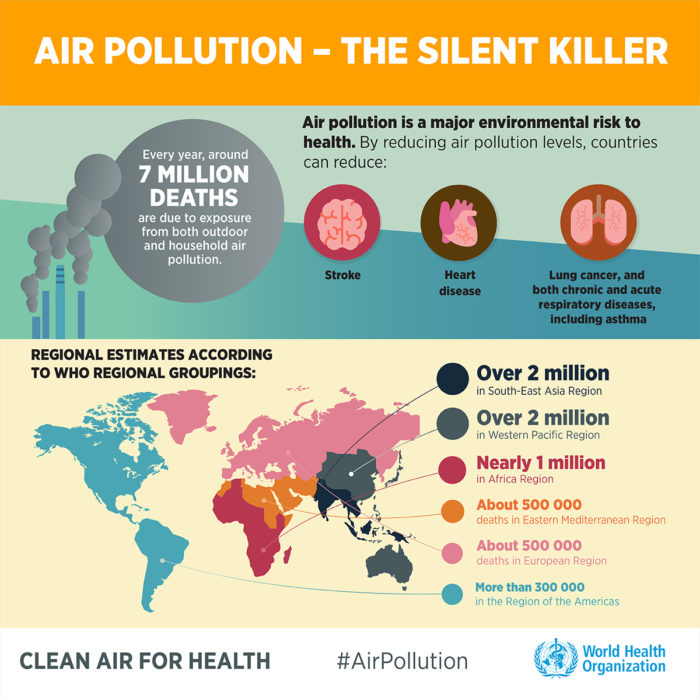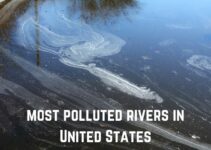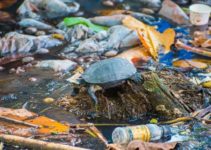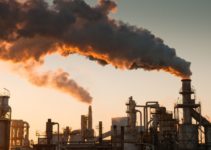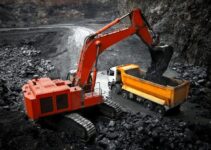Pollution is now a commonplace term that our ears are attuned to. We hear about the various forms of pollution every day and read about it through the mass media. Air pollution is one such form, and in the simplest of words, it refers to air contamination, whether indoors or outside.
In other words, pollution is the physical, biological, or chemical alteration of the air. It occurs when any harmful gases, dust, or smoke enter the atmosphere and make it difficult for plants, animals, and humans to survive as the air becomes dirty.
Read here for more about 40 facts about air pollution.
Another way of looking at air pollution could be any substance that can potentially hinder the atmosphere or the well-being of the living beings surviving in it.
The sustainment of all things living is due to a combination of gases that collectively form the atmosphere. Unfortunately, air pollution causes an increase or decrease in the percentage of these gases, creating an imbalance that can harm the survival of the creatures depending on this air for survival.
The Ozone layer, considered crucial for the existence of the ecosystems on the planet, is depleting due to increased pollution.
Global warming, a direct result of the increased imbalance of gases in the atmosphere, has come to be known as the biggest threat and challenge that the contemporary world has to overcome in a bid for survival.
Types of Pollutants
In order to understand the causes of Air pollution, several divisions can be made.
Air pollution can be classified into two:
- Visible air pollution: As the name suggests, this pollution can be visible. The smog you see over a city is an example of visible pollution.
- Invisible air pollution: This is less noticeable but can be more deadly. Good examples of invisible air pollutants are sulfur dioxide, carbon monoxide, and nitrogen oxides.
Besides this grouping mechanism, air pollution can further be divided into two:
- Primarily air pollutants: These are contaminants formed and emitted from particular sources. A classic example of a primary pollutant would be the sulfur dioxide emitted from factories.
- Secondary pollutants: These ones that are caused by the intermingling and reactions of primary pollutants. Smog created by the interactions of several primary pollutants is known as a secondary pollutant.
Top-ten Kinds of Air Pollution
- Sulfur dioxide
- Carbon monoxide
- Carbon dioxide
- Nitrogen oxides
- Volatile organic compounds (VOCs)
- Particulates
- Ozone
- Chlorofluorocarbons (CFCs)
- Unburned hydrocarbons
- Lead and heavy metals
Sources of Air Pollution
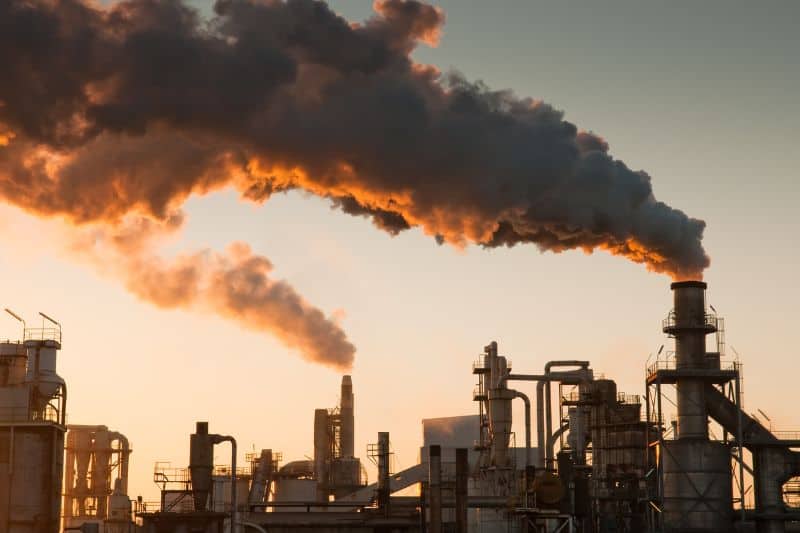
When we try to study the sources of Air pollution, we usually enlist a series of activities and interactions that create these pollutants. There are two types of sources that we will take a look at;
- Natural sources, and
- Man-made sources.
Natural Sources
Natural sources of pollution include dust carried by the wind from locations with very little or no green cover, gases released from the body processes of living beings, smoke from the combustion of various inflammable objects, volcanic eruptions, and many others.
Man-made Sources
While looking at the man-made contributions towards air pollution, it can be further divided into:
- Outdoor pollution sources
- Indoor pollution sources
Outdoor Pollution Sources
Outdoor pollution comes from several sources: generating power, vehicles, agriculture/waste incineration, industry, and heating systems. Smoke features as a prominent component. The smoke is emitted from various forms of combustion, like in biomass, factories, vehicles, furnaces, etc.
But it’s not all about smoke. Waste dumped in landfills can also generate another common pollutant in the form of methane, which can be dangerous in several ways. Plus, reactions of certain gases and chemicals also form harmful fumes that can be dangerous to the well-being of living creatures.
Indoor Pollution Sources
In many low and middle-income countries, people often use inefficient stoves or open fires to burn fuels like dung, coal, and wood.
This activity creates harmful pollutants like carbon monoxide, methane, particulate matter (PM), polyaromatic hydrocarbons (PAH), and volatile organic compounds (VOC), all dangerous to human health and the well-being of our planet.
Even burning kerosene in simple wick lamps produces significant emissions in the form of fine particles and other pollutants.
But it’s the smoke from these sources that’s most fatal, with 3.8 million premature deaths each year being attributed to smoke from open fires.
Various Causes of Air Pollution
Of course, there are a plethora causes of air pollution. Some of them include:
1. The Burning of Fossil Fuels
Sulfur dioxide emitted from the combustion of fossil fuels like coal, petroleum for energy in power plants, and other factory combustibles is a major cause of air pollution.
Billions of road vehicles are powered by gasoline and diesel engines that burn petroleum to release energy. Petroleum comprises hydrocarbons, and unlike other energy sources, vehicle engines don’t burn this type of fuel cleanly.
As a result, pollutants such as sulfur oxide, PM, nitric oxide and NO2 (together referred to as NOx), carbon monoxide, organic compounds, and lead are emitted.
Sure, vehicles and other fossil-fuel-driven modes of transportation form part of our daily basic needs, so we rely on them heavily. But then, we must keep in mind that their overuse is killing our environment and affecting our overall health.
As per the World Health Organization (WHO), exposure to outdoor air pollution contributes to as much as 0.6 to 1.4 percent of the disease burden and 4.2 million deaths every year.
Carbon monoxide, caused by improper or incomplete combustion and generally emitted from vehicles, is another major pollutant, along with Nitrogen oxide, produced from natural and man-made processes.
2. Agricultural Activities
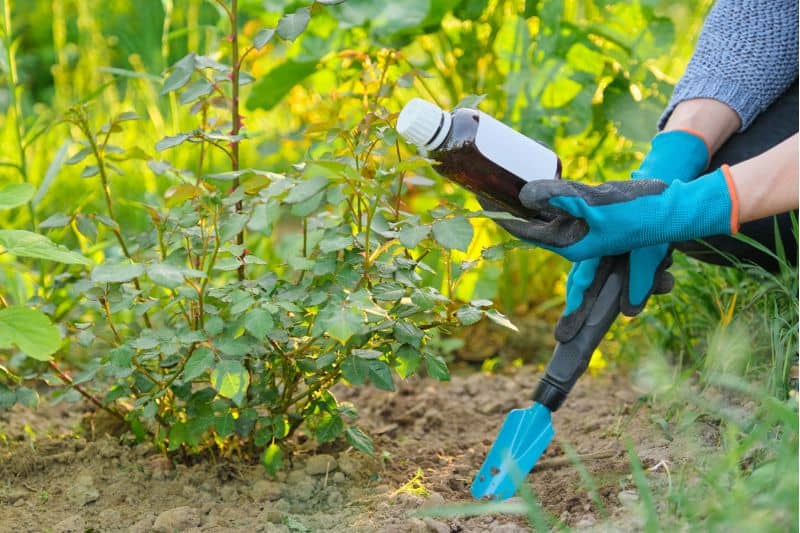
Ammonia is a very common byproduct of farming activities and one of the atmosphere’s most hazardous gases.
The use of insecticides, pesticides, and fertilizers in agricultural activities has grown considerably, increasing air pollution from these harmful chemicals. Even worse, some of these chemicals eventually leach into groundwater, causing water pollution.
Besides the chemicals used in farming, farmers also set the fields on fire to keep them clean from old plants ready for the next round of sowing. This activity causes pollution by releasing harmful gases into the air.
3. Waste in Landfills
Landfills are land areas in which waste is deposited or buried. These deposited or buried wastes generate methane, a major greenhouse gas that is highly flammable and hazardous.
In addition to this, electronic waste, known as e-waste, is another serious problem in landfills. It leads to chemical leaching and, in some cases, requires burning wires, both of which can have detrimental effects on the environment and human health.
4. Exhaust From Factories and Industries
Manufacturing industries release a large amount of carbon monoxide, hydrocarbons, organic compounds, and chemicals into the air, thereby depleting air quality.
Manufacturing industries exist all over the world, and their impact is felt everywhere. Petroleum refineries, in particular, release hydrocarbons and various chemicals that contaminate the air and contribute to land pollution.
5. Mining Operations
Mining is a process wherein minerals below the earth are extracted using large equipment. During the process, dust and chemicals are released into the air, causing massive air pollution. In fact, mining is one of the culprits responsible for the deteriorating health conditions of workers and nearby residents.
6. Indoor Air Pollution
Have you ever noticed that once you paint the walls of your house, it creates some sort of smell that makes it literally impossible for you to breathe?
Well, that’s another form of air pollution, although indoors. It can emanate from painting supplies, cleaning products, and some other products used at home.
Suspended particulate matter (SPM) is another cause of pollution. Referring to the particles afloat in the air, SPM is usually caused by dust, combustion, etc.
Around seven million premature deaths are caused every year due to the combined effects of ambient (outdoor) and household air pollution cause, WHO says.
7. Natural Events
Certain natural events, such as volcanoes, forest fires, and dust storms, are nature-born and cause air pollution. Unlike artificial sources, there’s nothing we can do to prevent air pollution emanating from these sources.
Disastrous Effects of Air Pollution
Now that we’ve looked at some of the common causes of air pollution, let’s move on and examine some of the effects caused by it.
1. Respiratory and Heart Problems
The effects of air pollution are alarming. It is known to create several respiratory and heart conditions like asthma, chronic bronchitis, emphysema, heart attacks, strokes, and cancers, among other threats to the body. Several millions of people are known to have died due to air pollution’s direct or indirect effects.
2. Child Health Problems
Another obvious problem with air pollution is that it’s detrimental to a child’s health. To the unborn, it can result in miscarriages, premature birth, autism, asthma, and spectrum disorders in case the pregnant mom is exposed to it.
It also can potentially damage early brain development in a child and cause pneumonia, which kills almost a million children below 5 years. Children are at a greater risk of short-term respiratory infections and pulmonary diseases in areas exposed to air pollutants.
3. Global Warming
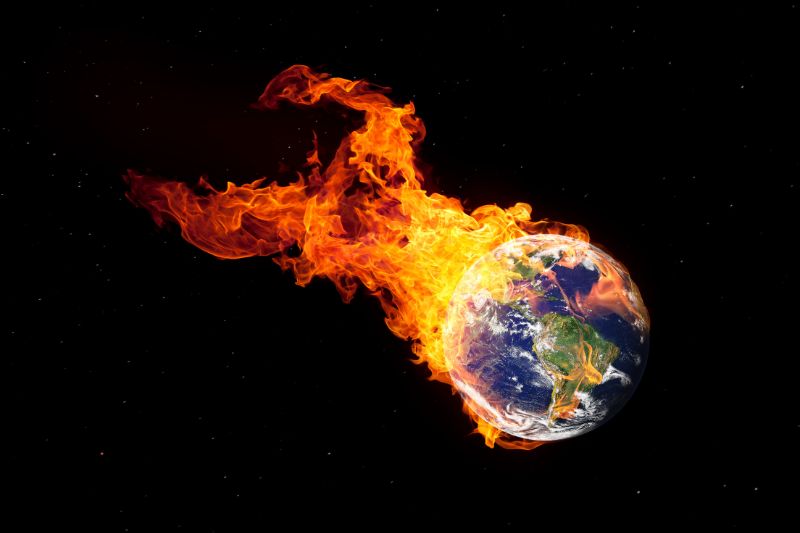
Another noticeable effect of air pollution is the immediate changes the world is witnessing due to global warming. Rising temperatures globally are leading to higher sea levels, the melting of ice in colder regions and icebergs, and the displacement and loss of habitats. These signs indicate an impending disaster if we do not take action soon to preserve and stabilize our environment.
4. Acid Rain
Harmful gases like nitrogen oxides and sulfur oxides are released into the atmosphere during the burning of fossil fuels.
When it rains, the water droplets combine with these air pollutants and fall on the ground in the form of acid rain, which can cause great damage to humans, animals, and crops.
5. Eutrophication
Eutrophication is when excessive nutrients, often from pollutants, enter water bodies, causing an overgrowth of plants and algae, which depletes oxygen and harms aquatic life. The green-colored algae present in lakes and ponds are due to the presence of this chemical only.
6. Effect on Wildlife
Just like humans, animals also face some devastating effects of air pollution. Toxic chemicals present in the air can force wildlife species to move to a new place and change their habitat. The toxic pollutants deposit over the water’s surface and can also affect sea animals.
7. Depletion of the Ozone Layer
Ozone exists in the Earth’s stratosphere and serves the role of protecting humans from harmful ultraviolet (UV) rays. Earth’s ozone layer is depleting due to the presence of chlorofluorocarbons and hydrochlorofluorocarbons in the atmosphere.
As the ozone layer becomes thin, it will emit harmful rays back on Earth and can cause skin and eye-related problems. UV rays also have the capability to affect crops.
Impressive Solutions To Air Pollution
Despite all the effects of air pollution, there’s something we can do to mitigate the crisis and make our world a better place, even for the generations to come. Some of the impressive solutions to air pollution include:
1. Use the Public Mode of Transportation
Using and encouraging people to use more and more public modes of transportation is a great way to reduce pollution. More public transport means fewer individual cars on the road, thus reducing emissions.
The other option is to make use of carpooling. You can explore this option if you and your colleagues come from the same locality and have the same timings. It will save energy, reduce emissions from your traveling, and even save money.
2. Better Household Practices
Discard fireplaces and/or wooden stoves used for heating homes, use gas logs instead of wood, and, if possible, eliminate the use of gas-powered lawn and gardening equipment.
You should also avoid setting fire to garbage, dry leaves, or other materials in your yard and lighting bonfires in the open.
All these processes will reduce the emissions released from these processes. Try to mulch or compost your yard waste instead. And, of course, consider using cleaning products and paints that are environmentally friendly.
3. Conserve Energy
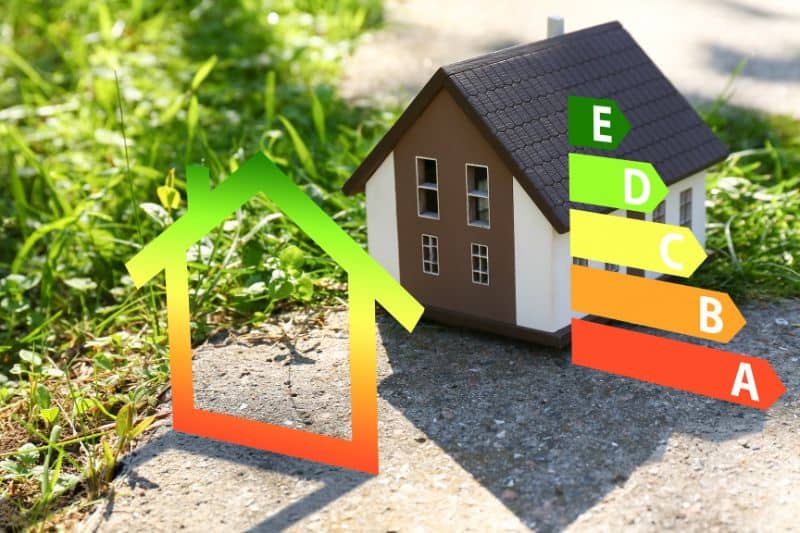
Switch off fans and lights when you are going out. A large number of fossil fuels are burnt to produce electricity. You can save the environment from degradation by reducing the amount of fossil fuels burned.
4. Understand the Concept of Reduce, Reuse and Recycle
Do not throw away items that are of no use to you. Instead, reuse them for some other purpose.
For example, you can use old jars to store cereals or pulses. It will reduce the amount of waste that ends up in landfills and cut down on the amount of plastic needed to create new products, which is essential in promoting environmental health.
5. Emphasis on Clean Energy Resources
The use of clean energy technologies like solar, wind, and geothermal is rising these days, and it’s a good thing for the environment. Governments of various countries have been providing grants to consumers who are interested in installing solar panels for their homes. Undoubtedly, this switch can go a long way to curb air pollution.
6. Use Energy-Efficient Devices
CFL lights consume less electricity than their counterparts. They live longer, consume less electricity, lead to lower electricity bills, and also help you to reduce pollution by consuming less energy.
Several attempts are being made worldwide on personal, industrial, and governmental levels to curb the intensity at which air pollution is rising and regain a balance regarding the proportions of the foundation gases.
This is a direct attempt at slacking Global warming. We are seeing a series of innovations and experiments aimed at creating alternate and unconventional options to reduce pollutants. Air pollution is one of the larger mirrors of man’s follies, and a challenge we need to overcome to see a better tomorrow.
Air Pollution Infographic
References:
